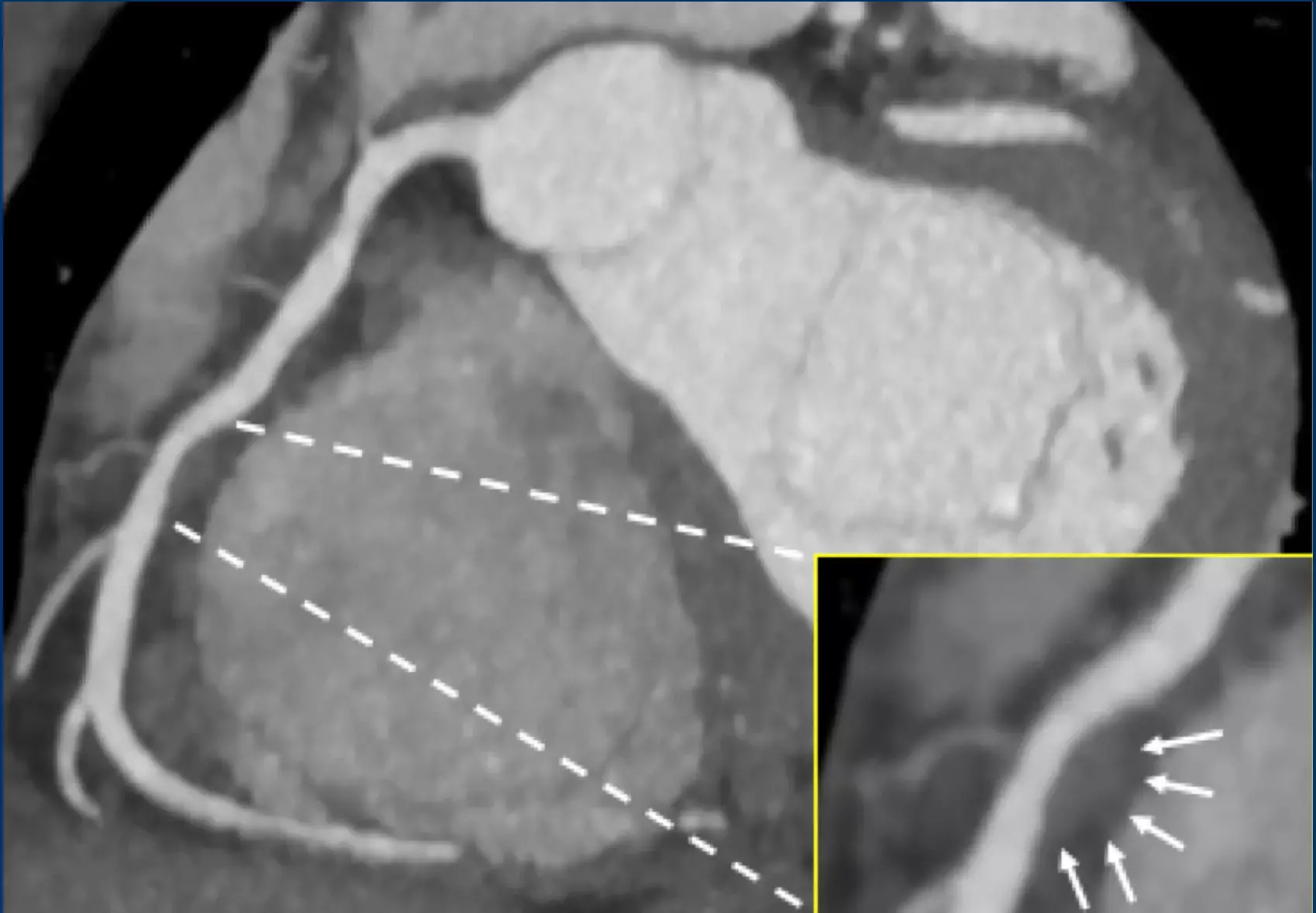- Home
- Medical news & Guidelines
- Anesthesiology
- Cardiology and CTVS
- Critical Care
- Dentistry
- Dermatology
- Diabetes and Endocrinology
- ENT
- Gastroenterology
- Medicine
- Nephrology
- Neurology
- Obstretics-Gynaecology
- Oncology
- Ophthalmology
- Orthopaedics
- Pediatrics-Neonatology
- Psychiatry
- Pulmonology
- Radiology
- Surgery
- Urology
- Laboratory Medicine
- Diet
- Nursing
- Paramedical
- Physiotherapy
- Health news
- Fact Check
- Bone Health Fact Check
- Brain Health Fact Check
- Cancer Related Fact Check
- Child Care Fact Check
- Dental and oral health fact check
- Diabetes and metabolic health fact check
- Diet and Nutrition Fact Check
- Eye and ENT Care Fact Check
- Fitness fact check
- Gut health fact check
- Heart health fact check
- Kidney health fact check
- Medical education fact check
- Men's health fact check
- Respiratory fact check
- Skin and hair care fact check
- Vaccine and Immunization fact check
- Women's health fact check
- AYUSH
- State News
- Andaman and Nicobar Islands
- Andhra Pradesh
- Arunachal Pradesh
- Assam
- Bihar
- Chandigarh
- Chattisgarh
- Dadra and Nagar Haveli
- Daman and Diu
- Delhi
- Goa
- Gujarat
- Haryana
- Himachal Pradesh
- Jammu & Kashmir
- Jharkhand
- Karnataka
- Kerala
- Ladakh
- Lakshadweep
- Madhya Pradesh
- Maharashtra
- Manipur
- Meghalaya
- Mizoram
- Nagaland
- Odisha
- Puducherry
- Punjab
- Rajasthan
- Sikkim
- Tamil Nadu
- Telangana
- Tripura
- Uttar Pradesh
- Uttrakhand
- West Bengal
- Medical Education
- Industry
CA lipid core on MRI tied to increased CVD risk: JAMA cardiology

High-risk atherosclerotic lesions have been associated with plaque characteristics including the presence of a lipid-rich necrotic core, intraplaque hemorrhage (IPH), thin-fibrous cap, and inflammation. The presence of a lipid core was associated with incident cardiovascular disease events independent of carotid artery wall thickness in asymptomatic individuals and improved risk prediction of incident cardiovascular disease events over traditional cardiovascular risk factors according to study published in the JAMA Cardiology on November 18, 2020.
Previous studies have shown the association between plaque formation and risk of Cardiovascular events and Cerebrovascular events based on Magnetic resonance imaging (MRI) reports. Despite recent progress, it remains unknown whether in an asymptomatic community-based cohort magnetic resonance imaging (MRI) measures of plaque characteristics are independently associated with incident cardiovascular disease (CVD) events when adjusted for carotid artery (CA) wall thickness, a measure of plaque burden. Therefore, researchers of the United States conducted a study to assess associations of CA MRI plaque characteristics with incident CVD events.
Researchers conducted a retrospective analysis of Atherosclerosis Risk in Communities (ARIC) study. The ARIC study was a prospective epidemiologic study in 15 792 adults who were enrolled from 1987 to 1989. Among 15 792 ARIC participants, 2066 were enrolled in the substudy, of whom 1256 had complete data and were eligible for incident CVD analyses. The researchers evaluated the data from January 2017 to August 2020. They assessed the Incident CVD events during a median follow-up time of 10.5 years. They used proportional hazards Cox analyses to ascertain the associations between MRI variables of CA plaque burden and plaque characteristics.
Key findings of the study were:
• The results of the ARIC Carotid MRI substudy add to the growing body of evidence that noninvasive MRI CA measures of plaque burden and plaque characteristics aid in the prediction of incident CVD events.
• Researchers found that carotid artery plaques in participants with incident CVD events (n=172 ) compared with those without (n=1084) had a higher normalized wall index (median [IQR], 0.48 vs 0.43), maximum CA wall thickness (median [IQR], 2.22mm vs 1.96 mm), maximum CA stenosis (median [IQR], 5% vs 0%), and when present, a larger lipid core volume (median [IQR], 0.05 mL vs 0.03 mL), respectively.
• They noted that the presence of a lipid core was independently associated with incident CVD events when adjusted for traditional CVD risk factors and maximum CA wall thickness (HR, 2.48), however, they found no such association in the presence of calcification. This implies an MRI plaque characteristic, is valuable for CVD risk assessment independent of measures of plaque burden.
• They noted that the frequency of intraplaque hemorrhage presence was too small to draw any meaningful conclusions (intraplaque hemorrhage presence: 68 of 1256 participants [5.4%]).
The authors concluded, "The presence of a lipid core is associated with incident CVD events independent of CA wall thickness, a measure of plaque burden, in asymptomatic ARIC participants. Noninvasive MRI carotid plaque characteristics, when present, improved risk prediction of incident CVD events and may be useful imaging surrogates to identify those at higher risk of future CVD events".
For further information:
https://jamanetwork.com/journals/jamacardiology/article-abstract/2772980
Medical Dialogues Bureau consists of a team of passionate medical/scientific writers, led by doctors and healthcare researchers. Our team efforts to bring you updated and timely news about the important happenings of the medical and healthcare sector. Our editorial team can be reached at editorial@medicaldialogues.in.
Dr Kamal Kant Kohli-MBBS, DTCD- a chest specialist with more than 30 years of practice and a flair for writing clinical articles, Dr Kamal Kant Kohli joined Medical Dialogues as a Chief Editor of Medical News. Besides writing articles, as an editor, he proofreads and verifies all the medical content published on Medical Dialogues including those coming from journals, studies,medical conferences,guidelines etc. Email: drkohli@medicaldialogues.in. Contact no. 011-43720751


